Clip NASA: 'Glass lake' in the most terrible place in the solar system
According to Live Science, the images released by NASA are of a giant lava lake whose surface is described as "smooth as glass", a stunning and seemingly impossible landscape to exist on a "volcanic moon". " Io.

NASA's Juno spacecraft provided this close-up look by scanning 1,500 km of Io's volcanic surface in December 2023 and January 2024.
These flights provide the closest ever look at Io, with its hundreds of active volcanoes.
According to NASA, the eruptions of supervolcanoes on Io are sometimes so powerful that they can be seen with telescopes on Earth.
New images show Loki Patera, a 200 km wide lava lake, on the surface of Io. Scientists have observed this lava lake for decades. It is located on magma reservoirs under the moon's surface.
As described by scientist Scott Bolton, principal investigator of the Juno mission, the cool lava in the center of the lake is surrounded by molten magma around the edges.
'The exceptional reflection our instruments captured of the lake shows that parts of Io's surface are as smooth as glass, reminiscent of volcanic obsidian glass on Earth. Land' - Mr. Bolton said.
The image also shows rugged rocky islands clustered inside the lava lake.
And more surprisingly, Juno's instruments have determined that Io's surface is smoother than the surface of the three Galilean moons, despite being full of volcanoes.
Io is one of Jupiter's four Galilean moons, observed by Galileo Galilei since the early 17th century, and is also the largest.
Of the four Galiean moons, Europa is strongly believed by NASA to be a "life moon", while Ganymde and Calisto also show some hope.
With its "hellfire" status, Io is unlikely to be able to support life. However, this celestial body has many special features that NASA hopes to discover.
Io is also one of three rare bodies in the solar system with solid evidence of active volcanoes, alongside Earth, Saturn's moon Enceladus and Neptune's moon Triton.
You should read it
- Here's your chance to design a NASA payload for a Roomba-sized moon rover
- NASA opens the entire library of photos, videos and audio for free, anyone can see
- NASA will prioritize the recruitment of experienced scientists in blockchain and cryptocurrency
- NASA's top secret inventions have just been revealed
- NASA launches new Sun tracking tool
- Did NASA ships indirectly bombard other planets?
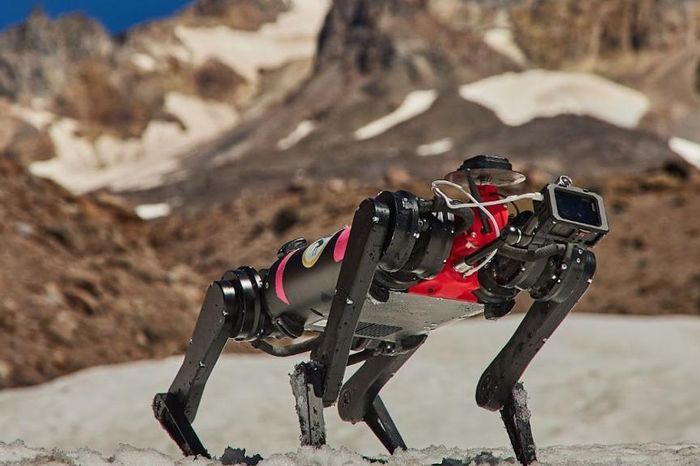 The US conducted a robot test operating on the Moon
The US conducted a robot test operating on the Moon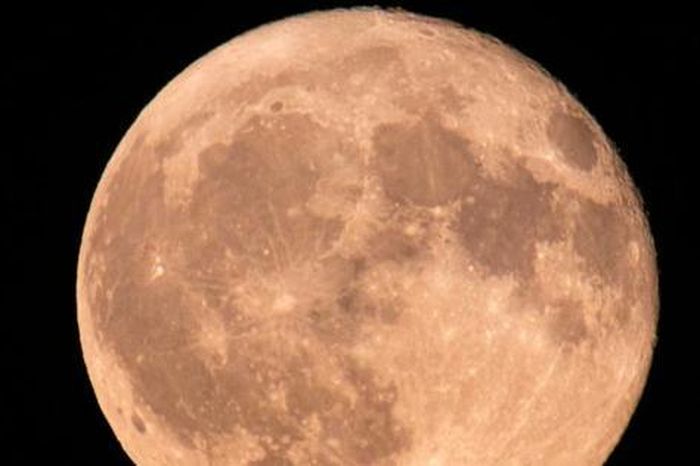 Why does NASA want to set a time zone for the Moon?
Why does NASA want to set a time zone for the Moon?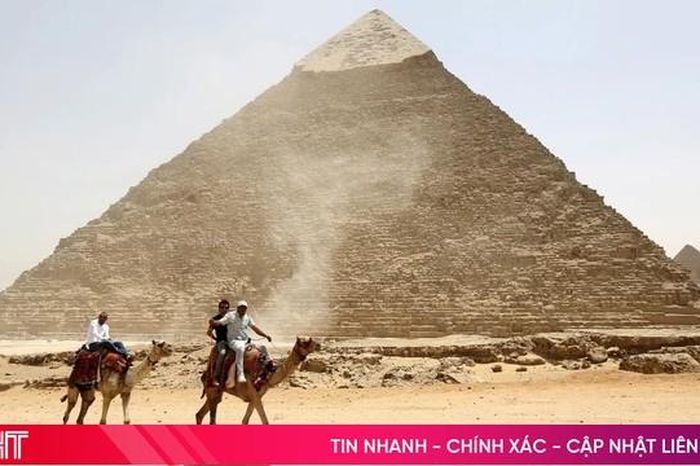 Where will the next total solar eclipse take place?
Where will the next total solar eclipse take place?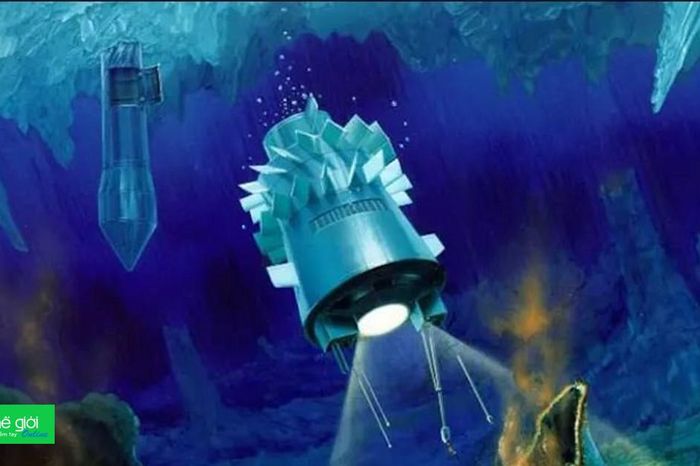 Analyze the chances of living beings existing on Jupiter's moons
Analyze the chances of living beings existing on Jupiter's moons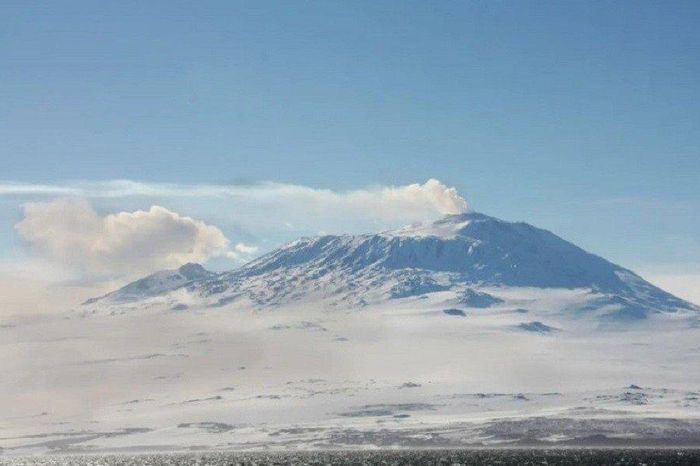 Strangely, the mountain spits out real gold every day but no one collects it
Strangely, the mountain spits out real gold every day but no one collects it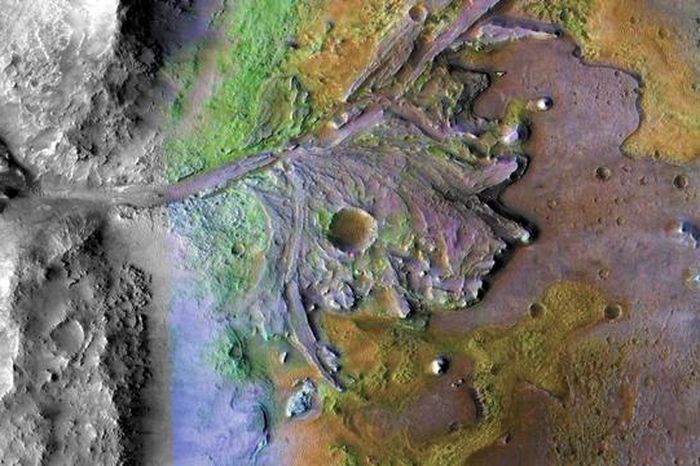 'Sudden death', the alien hunting ship still had time to leave behind its treasure
'Sudden death', the alien hunting ship still had time to leave behind its treasure